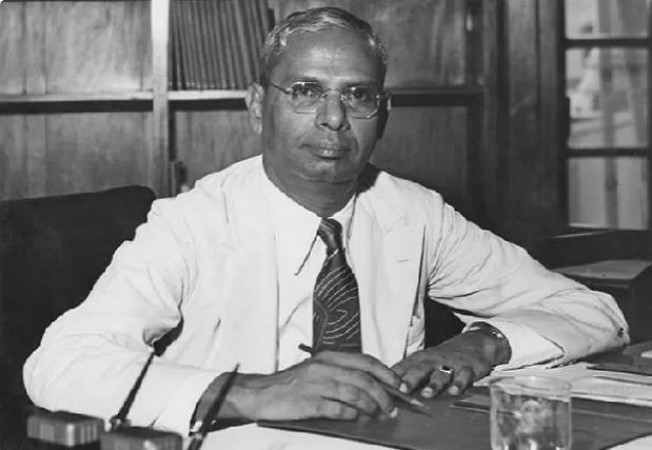
As India prepares to celebrate its 77th Independence Day in 2023, it's a fitting occasion to delve into the historical significance of the nation's first post-independence budget. Crafted against the backdrop of newfound sovereignty and the ardent hopes of a young nation, the budget of 1947 laid the fiscal foundation for a sovereign India. This article offers insights into the landmark budget and its allocation of resources across various sectors, reflecting the aspirations and challenges of the time.
The Historical Context:
August 15, 1947, marked the dawn of a free India, and with it came the responsibility of building a self-reliant nation. The first budget, presented by R.K. Shanmukham Chetty, the then-Finance Minister, had the daunting task of outlining the financial roadmap to steer India towards economic stability and growth.
Allocation of Resources:
The budget of independent India, with an outlay of approximately ₹197.24 crore, was meticulously crafted to address key sectors and lay the groundwork for progress:
Agriculture and Rural Development: Recognizing the agrarian backbone of the nation, a significant portion of the budget—around 27%—was allocated to agriculture, rural development, and irrigation projects. The focus was on enhancing food production and uplifting rural livelihoods.
Industrialization and Infrastructure: The allocation for industries and minerals, constituting around 20% of the budget, aimed at fostering industrial growth and reducing dependence on imports. Investments in infrastructure, railways, and transportation were crucial for economic development.
Education and Social Welfare: The budget underscored the importance of education by allocating around 10% for educational development and vocational training. Social welfare measures, including public health and sanitation, accounted for another notable share.
Defense and Security: In the face of post-independence challenges and regional tensions, the budget allocated around 7% to defense and security, highlighting the need to safeguard the nation's sovereignty.
Debt Servicing and Administrative Expenses: A portion of the budget—approximately 15%—was earmarked for debt servicing and administrative expenses, reflecting the immediate financial responsibilities inherited from the colonial era.
Legacy and Impact:
India's first post-independence budget laid the groundwork for fiscal policies that would shape the nation's economic trajectory. The allocation of resources reflected the priorities of a young nation, striving to foster inclusive growth, self-reliance, and social development.
Independence Day 2023: Celebrating Progress and Promise:
As India commemorates another year of independence in 2023, it's important to pay homage to the fiscal foresight that paved the way for a self-sufficient and progressive nation. The allocation of resources in the first budget of independent India embodies the spirit of a nation determined to overcome challenges and create a prosperous future for its citizens.
The first budget of independent India remains a testament to the dedication, vision, and resilience of the nation's leadership during a crucial juncture in history. As the country moves forward, the legacy of that budget continues to inspire, reminding us of the transformative power of sound fiscal policies in shaping the destiny of a sovereign and thriving India.
Transformations Unveiled: India's Evolution since August 15, 1947
A Tale of Paths: Revolutionaries vs. Transfer of Power in India's Quest for Freedom
Rasbihari Bose: The Unsung Hero of India's Struggle for Independence